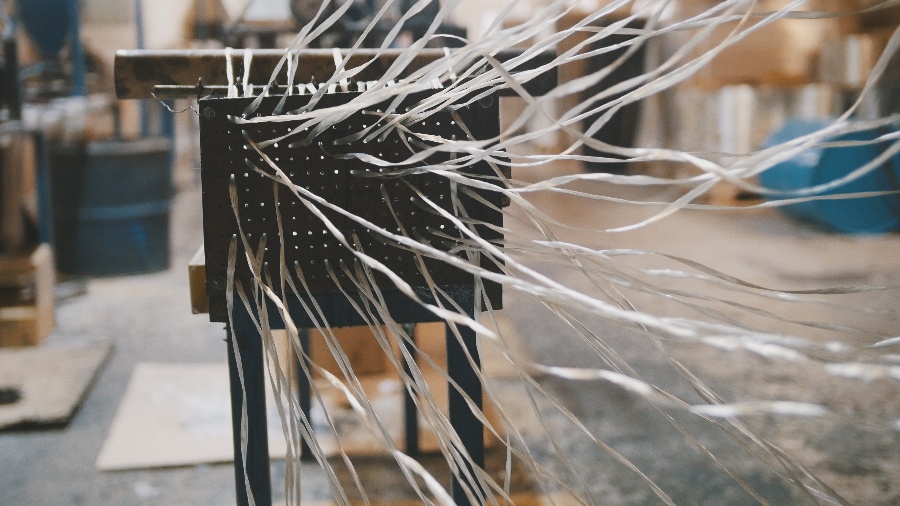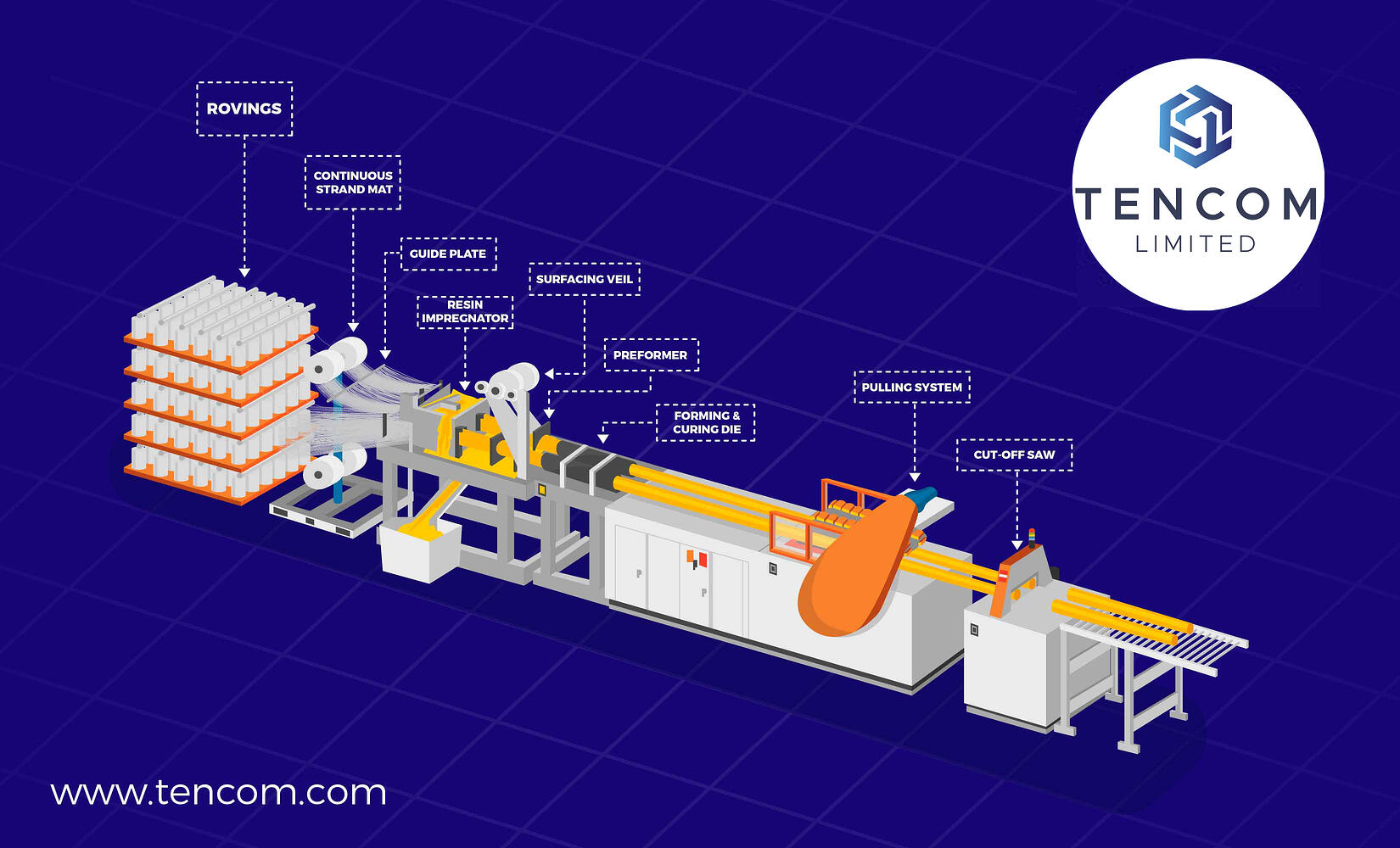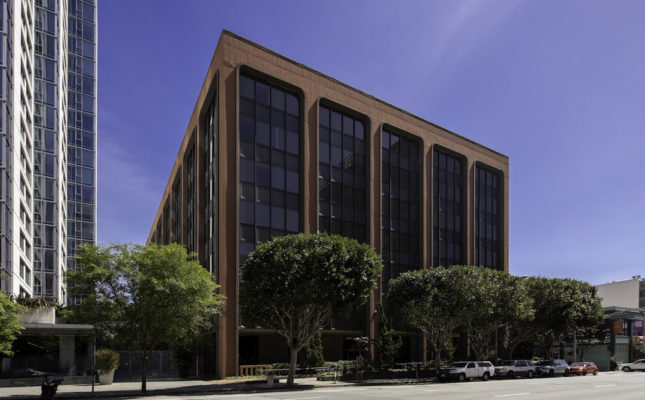
When it comes to bridges, the United States has many that are in need of repair. Overhauling an existing bridge is an undertaking that used to cause many contractors to tremble. However, things have changed quite a bit since FRP composites took the stage.
We’ve seen numerous cases in which old wooden bridges have been replaced with FRP composite versions.
Now, the Ohio Department of Transportation is transforming the Anthony Wayne Trail Bridge into a FRP composite structure.
Out with the Old
The most impressive aspect of this undertaking is that the original Anthony Wayne Trail Bridge is built out of steel. This means that engineers must find a way to replaced steel rebar with FRP composites.
Luckily, the team was able to come up with a way to get rid of reinforced epoxy-coated steel rebar for something much better.
One thing to keep in mind about the Anthony Wayne Trail Bridge is that it isn’t an old wooden bridge on a hiking trail. It is a massive structure that is home to a four-lane highway. It also happens to be one of the busiest traffic ways in the area, which means that special considerations must be made before any repairs or replacements can take place.
Using what they are calling Glass Fiber Reinforced Polymer (GFRP) rebar, this reinforced product will be able to withstand the excessive pressure of a four-lane highway while still reeling the benefits of FRP composites.
Bye Bye, Rust
One of the biggest issues with steel is that it is susceptible to rust. Since bridges are out in the open, rain and moisture are inevitable. For this reason, GFRP rebar is a better choice.
Not only does it not rust, it also doesn’t corrode at all when it comes into contact with moisture. So, instead of using steel bars to reinforce the concrete deck of the bridge, this composite material will be able to do the job as a reinforcement just as well as steel without the effects of corrosion.
Light in Weight
If you are at all familiar with composites, then you already know that they are lightweight. Bridges are inherently heavy structures. They have to be strong to hold up to heavy traffic. However, some concrete decks with steel bar reinforcements have proven to be far too heavy to last very long. This is why FRP composite bars are better suited for the job.
Plus, being lightweight has more than one benefit. Not only is better suited for reinforcing concrete decks on bridges, but it is also cheaper to ship and quicker to install. They can be delivered in bundles or sections and assembled with a skeleton crew.
No heavy-duty machinery is needed to move these bars, and they can even be pre-drilled or pre-cut to make installation a breeze. A job that would traditionally take days to complete could actually be done in a few hours.
Making a Lasting Impression
Last year, an astonishing report from the American Road and Transportation Builders Association showed that approximately 47,000 bridges were at-risk across America.
It also showed that more than 245,000 out of 614,400 bridges had been left standing without repairs for well over their 50-year lifespans.
What do these numbers mean? Approximately one-fourth of all of the bridges in the country need to be repaired or replaced.
A 50-year life expectancy is not that long lasting. This is especially true when you compare it to FRP composites, which can last up to 80 years with little to no maintenance. By replacing existing steel and wood bridges with FRP composite reinforcements, contractors would be able to build bridges that will last a lot longer with little maintenance.
The Roadblocks
Before the repairs could begin on the Anthony Wayne Trail Bridge, the team had to overcome several roadblocks. Wanting to take the most cost-efficient route, it was noted that manufacturing GFRP rebar would require more rebar than a traditionally-built structure.
Other factors to consider came in the form of properties. For instance, designs that use steel rely heavily on the material’s tensile strength and ability to bend. On the other hand, designs that use GFRP composite material rely more so on its shear strength or crack control.
Contractors began turning in higher bids simply because they hadn’t worked extensively with this new material. Their own inexperience made many contractors wary to make the switch from steel to FRP composites.
However, composites won at the end of the day. The benefits far outweighed the cost, and construction began.
GFRP Rebar
This particular rebar was made with fiberglass and vinyl-ester resin. Using single-end rovings during the pultrusion process, the bars were cast, cured, and cut into three varying lengths (40-, 60-, and 80-feet). A finishing treatment was also applied to assist the bars in bonding with the concrete deck.
With these bars being 1/4 of the weight of steel bars, workers found that it was much easier to install the pieces. Furthermore, GFRP composite rebar is not slippery when it gets wet. This makes the working conditions much safer for employees.
As for the pricing, while composites can be expensive to manufacture, the cost of fiberglass profiles tends to remain predictable and consistent. On the other hand, the cost of steel has a history of being volatile.
The Future of GFRP in Bridges
The story doesn’t end with the Anthony Wayne Trail Bridge. Another GFRP composite bridge has recently been built over the Maumee River. This 700-foot structure features a FRP composite reinforced deck and parapets. It’s only a matter of time before we begin seeing more bridges being both built and repaired with FRP composites.
Learn More at Tencom
Here at Tencom, our experts specialize in fiberglass profiles. We also make a wide range of other pultruded products that can be used in numerous applications. If you would like to learn more about our products, get in touch with our team today.















